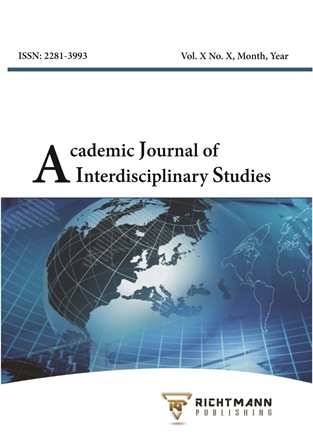Analyzing and Discussing the Evolution of Arabesque Movement According to Dance Elements and Aesthetics
DOI:
https://doi.org/10.36941/ajis-2023-0152Keywords:
dance education, choreography, performance, ballet, contemporary, modern dance, arts, outdoor dance, yogaAbstract
The present paper examines the different types and variations of arabesque dance movement from ancient times until today. The study analyzes and discusses the elements of arabesque dance, its common cultural elements as visualized through a chronological lens, its choreography, and its aesthetics in order to explore its development in terms of needs that arose from period-specific trends and dance stereotypes. The meaning of the term “arabesque” has changed from simply “a group of dancers,” now representing a delicate and highly masterful art. The gradual refinement of arabesque by dancers and instructors evolved an adept dancing system that positions the body in equilibrium by distributing its weight equally. The physical coordination, posture, and grace inculcated through arabesque movement benefit individuals' strength, posture, focus, and performance. Specific dance teaching styles, methods and strategies are also discussed based on outdoor and indoor modern setting, to create innovative education patterns for dancers, schools, academies or companies. Stakeholders, teachers, and instructors in performing arts should ensure the widespread distribution of these methods and their benefits to share their positive impacts with the world.
Received: 08 August 2023 / Accepted: 20 October 2023 / Published: 5 November 2023
Downloads
Downloads
Published
Issue
Section
License

This work is licensed under a Creative Commons Attribution-NonCommercial 4.0 International License.
This work is licensed under a Creative Commons Attribution-NonCommercial 4.0 International License.








